Maize farming is very popular among the farmers in many parts of the world. Maize has become a staple food in many parts of the world with total production of maize surpassing that of wheat or rice.
And maize is called queen of cereals, because it has highest genetic yield potential among the cereals. Maize (Zea mays), also known as corn, is actually a cereal grain which is used for many different purposes.
It was first domesticated by the indigenous people in southern Mexico about 10,000 years ago, and today it is very popular throughout the world. The leafy stalk of the plant produces pollen inflorescences and seperate ovuliferous inflorescences called ears that yield kernels or seeds, which are fruits.
The plants are often 3 meters in height (but some natural strains can grow up to 13 meters). The stem is generally composed of 20 internodes of around 18 cm length. A leaf which grows from each node, is generally 9 cm in width and about 1.2 m in length.
Maize is in 3rd position in term of total staple food production. But a very little amount of total maize production is consumed directly by humans. Most of the maize is used for corn ethanol, animal feed and for producing other maize products, such as corn syrup and corn starch.
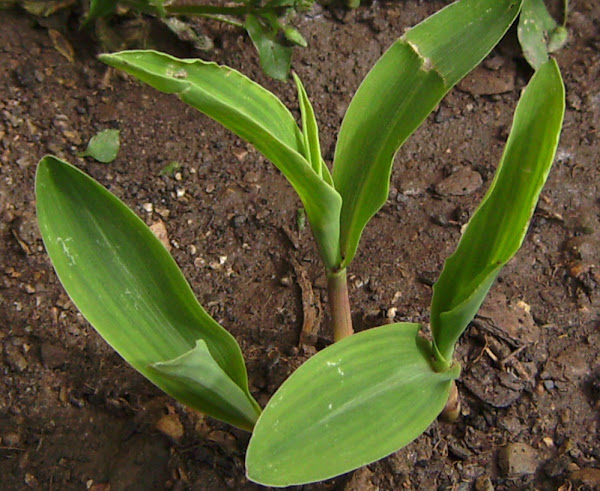
How to Start Maize Farming?
Starting maize farming business is not too tough. The plants are relatively easy to grow and you will able to grow if you are a beginner. Through maize farming, you can easily shield the deteriorating grade of soil.
Maize farming can help preserving 90% of water and about 70 of potency as compared with paddy. And maize farming can actually make more profit than paddy or wheat farming.
However, here we are describing more information about maize farming from selecting land, planting, caring to harvesting.
Step 1: Learn Practically
First of all, try to learn more about commercial maize production business practically. Like many other crop farming business, having practical knowledge is also very important for commercial maize farming business. So, try to learn more about this business practically from any of your nearest agriculture extension office or from any existing farmers in your area.
Step 2: Complete Maize Production Training
Completing a training is also very beneficial for operating a successful maize farming business. You can complete training from any of your nearest government or non-government organizations or from any agriculture extension office.
Step 3: Make An Effective Business Plan
A good and effective business plan helps to start and operate a business successfully. So, making a very good and effective business plan is very important. You can ask for help from an expert for making the business plan, especially if you are a beginner.
Step 4: Select A Good Location
First of all, select a good location for maize farming. Maize plants grow well in fertile soil with pH ranging from 5.5 to 7.5. They can be grown on wide range of soil types including loamy, sandy loamy or clay loam soil (heavy clay soil is not good for maize farming).
But the soil needs to be rich in organic content and have to have good water containing capacity. The plants also require full sun for better yield. So, consider all these factors while selecting land for starting maize farming.
Step 5: Prepare The Soil Perfectly
For preparing the soil, first of all remove all the weeds and remains of previously grown crop from the field. Then plough the land to bring the soil to fine tilth. 6-7 ploughing and harrowing will be required for making the soil fully prepared for maize farming.
As the maize plants grow very well in organic content rich soil, so try to add as much organic contents (fully-rotted aged manure or compost) as you can. 4-6 tons of fully decomposed aged manure will be enough for 1 acre land.
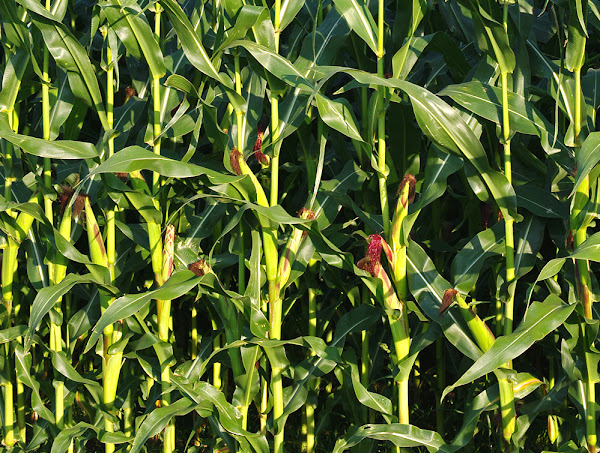
For commercial maize farming, you also have to apply some chemical fertilizers into the soil. Applying 20-24 kg phosphorus, 60-70 kg nitrogen and 10-12 kg potash per acre will be required for optimal production.
Soil test is necessary to know deficiency of any nutrient in the soil, and exact amount of chemical fertilizers can vary from place to place. So test the soil before applying chemical fertilizers.
Step 6: Consider The Climate Requirements For Maize Farming
The maize plants are grown throughout the world, and the plants can grow in a wide variety of climatic conditions. It is actually a warm weather crop and doesn’t grow well in the areas where the minimum daily temperature is less than 19 °C.
The seeds can germinate as low as 10 °C, but the germination process will be faster and less variable at soil temperature of 16 °C to 18 °C. And maximum temperature for maize farming is 30 °C to 35 °C.
Step 7: Consider The Best Time For Maize Farming
Maize is a warm season crop, and is cold-intolerant. The seeds must be shown in the spring in the temperate zones. Actually, it can be grown throughout the year, but grow best between 21 °C and 27 °C temperature.
Step 8: Select The Right Type/Variety For Your Production
There are some different types of maize to choose from. The 6 major types of maize are sweet corn, flour corn, popcorn, pod corn, flint corn and dent corn. You should choose such a type which is widely grown and available in your area.
Step 9: Purchase Good Quality Seeds
After selecting your desired type of maize, purchase seeds from any of your nearest market or seed supply stores. Maize is very common and popular throughout the world, so you will easily be able to purchase seeds from your local market.
Step 10: Determine The Quantity Of Seeds Per Acre
Total amount of seeds per acre depends on many different factors. Exact amount of seeds required per acre can vary depending on production purpose, seed size, season, plant type and sowing method.
On average you will need about 8-10 kg/acre for spring crop, about 8 kg/acre for sweet corn, about 7 kg/acre for pop corn, about 16 kg/acre for baby corn and about 20 kg/acre for fodder production.

Step 11: Planting
The maize seeds are planted in rows. But space between rows and between plants can vary depending on the maize type. Spacing the rows to about 2 feet apart and the plants to about 8 inches apart will be good for winter crop and both sweet and baby corn production.
Spacing 20×6 inches will be good for pop corn production and 12×4 inches will be good for fodder production. You can sow the seeds manually by dibbling or by mechanically with help of tractor drawn ridger seed drill. And sow the seed to about 1 inch deep.
Before sowing, treat the seeds with fungicides for preventing seed and soil borne diseases. Treating the seeds with Thiram or Carbendazim at the rate of 2 grams per kg seed will be good.
Step 12: Caring
Taking additional care is must for successful maize farming business and for maximum yield. The plants will grow better and produce more if you take additional care of the plants. Here we are describing more about the steps for caring the maize plants.
Fertilizing: Additional fertilizers may be required for maize farming. Test the soil and take advice from an experienced agriculture specialist before applying additional fertilizers.
Watering: The maize plants generally require less water as compared to other crops. Although timely and adequate watering will help the plants to grow well. Apply a light watering immediately after sowing the seeds. Then water lightly after a week for a month (during the early stage of this crop). And additional watering should be applied after every 25-30 days. Avoid water stagnation and the land must have to have good drainage system for successful maize farming business.
Controlling Weeds: Controlling weeds is very important for successful maize farming business. Initially you should remove all the weeds from the field while ploughing and harrowing. And then at least 2 additional hand weeding is required. The first weeding should be done on 20-25 days and another is on 40-45 days after sowing. Mulching can help to control most of the weeds from the field.
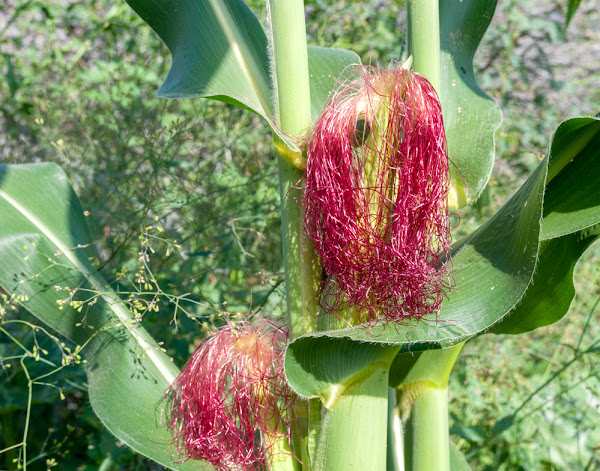
Step 13: Try To Control Pests And Diseases
Like many other commercial crops, the maize is also susceptible to some pests and diseases. Corn worm, stalk borer or stem borer, shoot bug, pink borer, termites and shoot fly are some common pests for the maize plants.
Downy mildew, leaf spot, post flowering stalk rot and maydis leaf blight are some common diseases for the maize plants. Contact your nearest agriculture extension office or consult with an specialist for having recommendation for controlling all these pests and diseases.
Step 14: Harvesting
You can start harvesting when cobs outer cover turns from green to white. Actually when the stalks have dried and moisture of the grain as about 20-17%, is the optimum time for harvesting maize. You can harvest the maize manually by hand, and there are machines available for separating the seeds.
Step 15: Yield
Yield can vary depending on many different factors. But on average, you can expect about or up to 2500 kg per hectare.
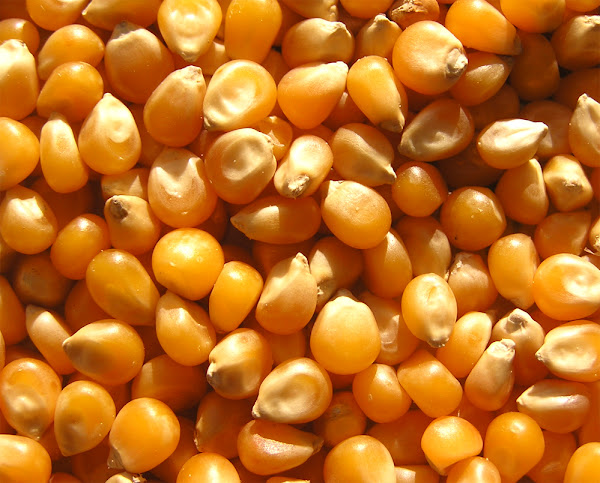
Frequently Asked Questions (FAQs)
People ask many questions about maize farming. Here we are trying to list the most common questions about corn farming, and trying to answer them. Hope you will find your answer. Don’t hesitate to ask us if you have more questions.
What Are The Advantages Of Maize Farming Business?
Like many other commercial crop farming business, large scale maize farming business also offers several advantages. Maize is a versatile crop and it is widely used in various industries. It is used in many industries from food to biofuels (providing farmers with multiple market options). This crop has a relatively short growing period as compared to some other crops. And you can ensure quicker harvest cycles and potential for multiple harvests in a year. Commercial maize farming is less capital-intensive as compared to some other types of agriculture related business. Maize plants are very hardy and they are resilient to different weather conditions. This crop has less risk of crop failure and it ensures a more stable income for farmers. Commercial maize farming can create great opportunities for profitability, flexibility, and resilience in the agricultural sector.
What are the other names of maize?
Maize is known by many other names in many different parts of the world. It’s other names include corn, Indian corn, sweet corn, mealie etc. Maize is also known by some other local names in many different languages. It is known as Mielie in Afrikaans, Makki or Makai in Hindi, Bhutta in Bengali, Makoi in Assamese, Makai in Gujarati, Musukina Jola in Kannada, Cholam in Malayalam, Maka in Marathi, Makaa in Oriya, Iringu in Sinhala, Jola in Tulu and Mokka Jonna in Telugu.
What are the uses of maize?
Maize is used for many different purposes. It is mainly used as fodder for animals, food grain, pop corn, baby corn, sweet corn and green cobs. Corn flour is also widely used. Maize also serves as a basic raw material to thousands of industrial products that may include oil, starch, alcoholic beverages, food sweeteners, pharmaceutical, gum, textile, package, food cereals, cosmetic and paper industries.
What is the nutritional value of maize?
All the types of maize are nutritious and good for human health. Raw, yellow sweet maize karnels are composed of 1% fat, 3% protein, 19% carbohydrates and 76% water, And a serving of 100 gram maize karnels provide about 86 calories and are a very good source of vitamin B, thiamin, niacin, folate and pantothenic acid. They also provide moderate amounts of dietary fiber and some essential minerals such as phosphorus and magnesium.
What are the health benefits of consuming maize/corn?
Consuming maize or corn has some health benefits. Most notable health benefits of consuming maize are mentioned below. Due to the fiber content, consuming maize is good for digestion. Maize can help in lowering LDL cholesterol. Regular consumption of corn can helps in preventing skin problems and can also help to combat with hair loss. Consuming corn is beneficial for heart, and it may helps in preventing Alzheimer’s disease. Eating maize is good for preventing diabetes and hypertension. It can help in improving vision and it also has anti-cancer properties.
Is maize farming profitable?
Yes, commercial maize farming is a very profitable business. You can start this business for making good profits.
How to start maize farming business?
First of all select a good site for corn/maize farming, prepare the land perfectly, choose the right variety, purchase seends, plant in the field and care for the plants.





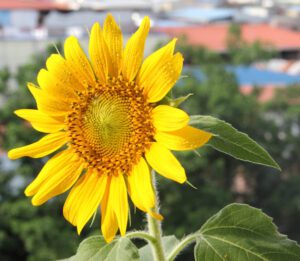

it is very helpful. i would be extremely happy if u continue to send me more information on other commercial crops. i am a young farmer who is now venturing into the business of commercial farming and i would need help to succeed. Please can you send me information on the ready markets for all cash crops in the world. thank you.
Great.good work
Sincerely apprecieted the writer. God Bless you.
We have requirement of yellow corn cattelfeed maize Grade – B Or Grade – C as per mentioned specifications Required Qnty – 500MT Our targated exwarehouse price RS —-Rs per kg included 50kg bags and loading to truck payment – LR Based 🙏👆 if anyone have available the stock of maize pls contact with us immediately। +917020503591
[email protected]
I appreciate your sharing. What type of watering system is good for maize production? Is drip irrigation watering system good for maize farming?
Drip irrigation system is good, but it will be costly for you. Traditional watering system is economical for growing maize. Good luck!